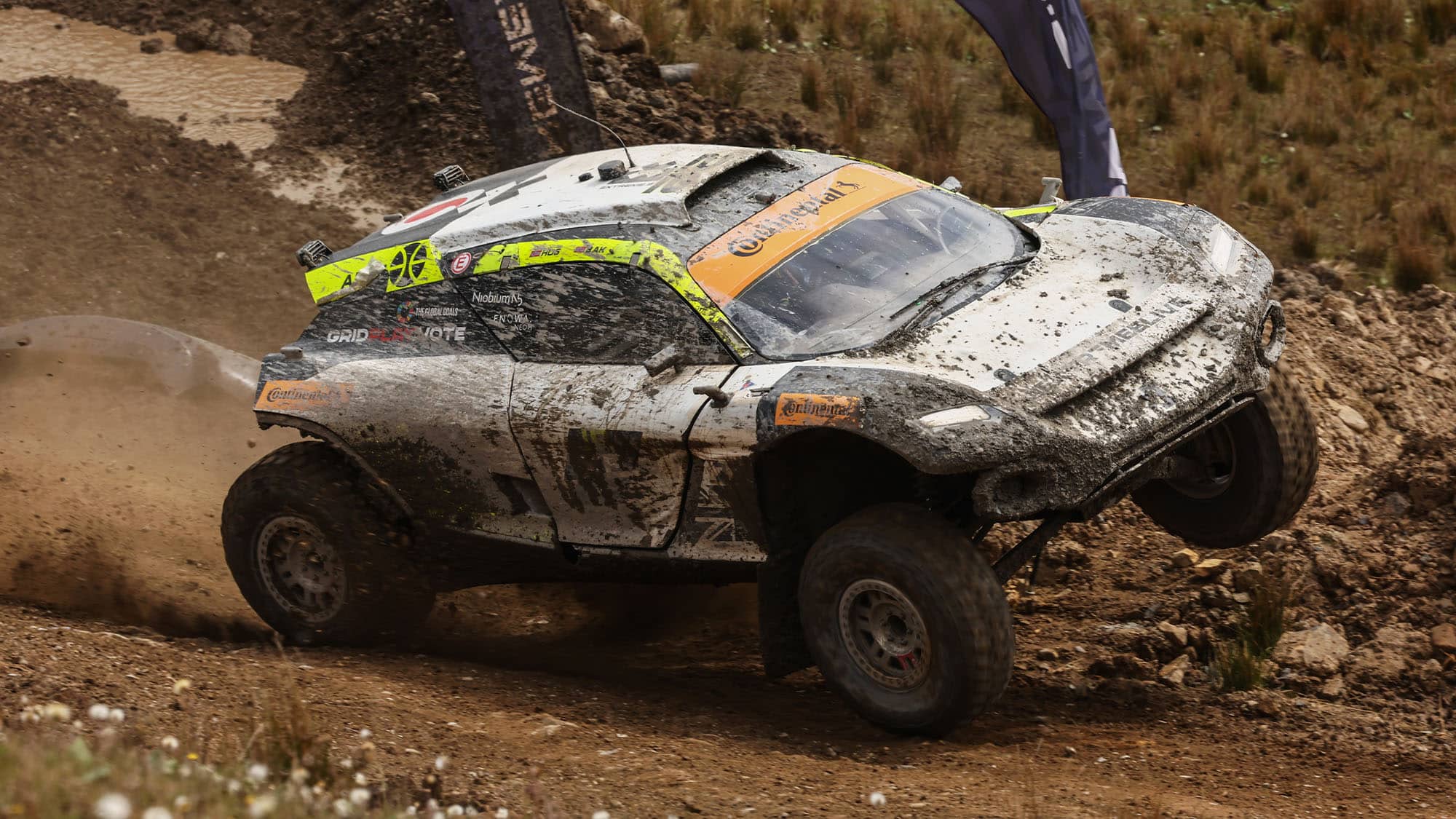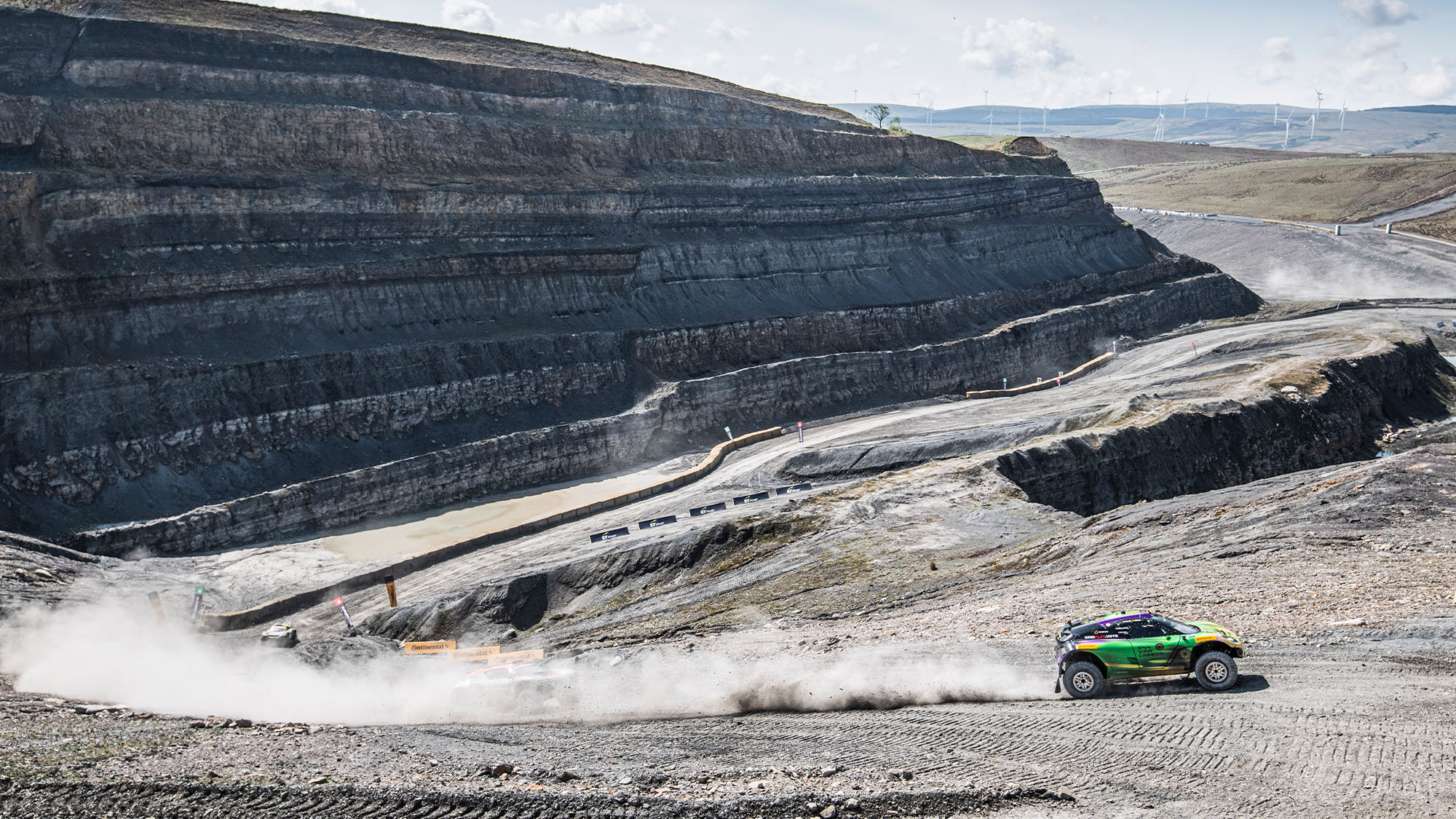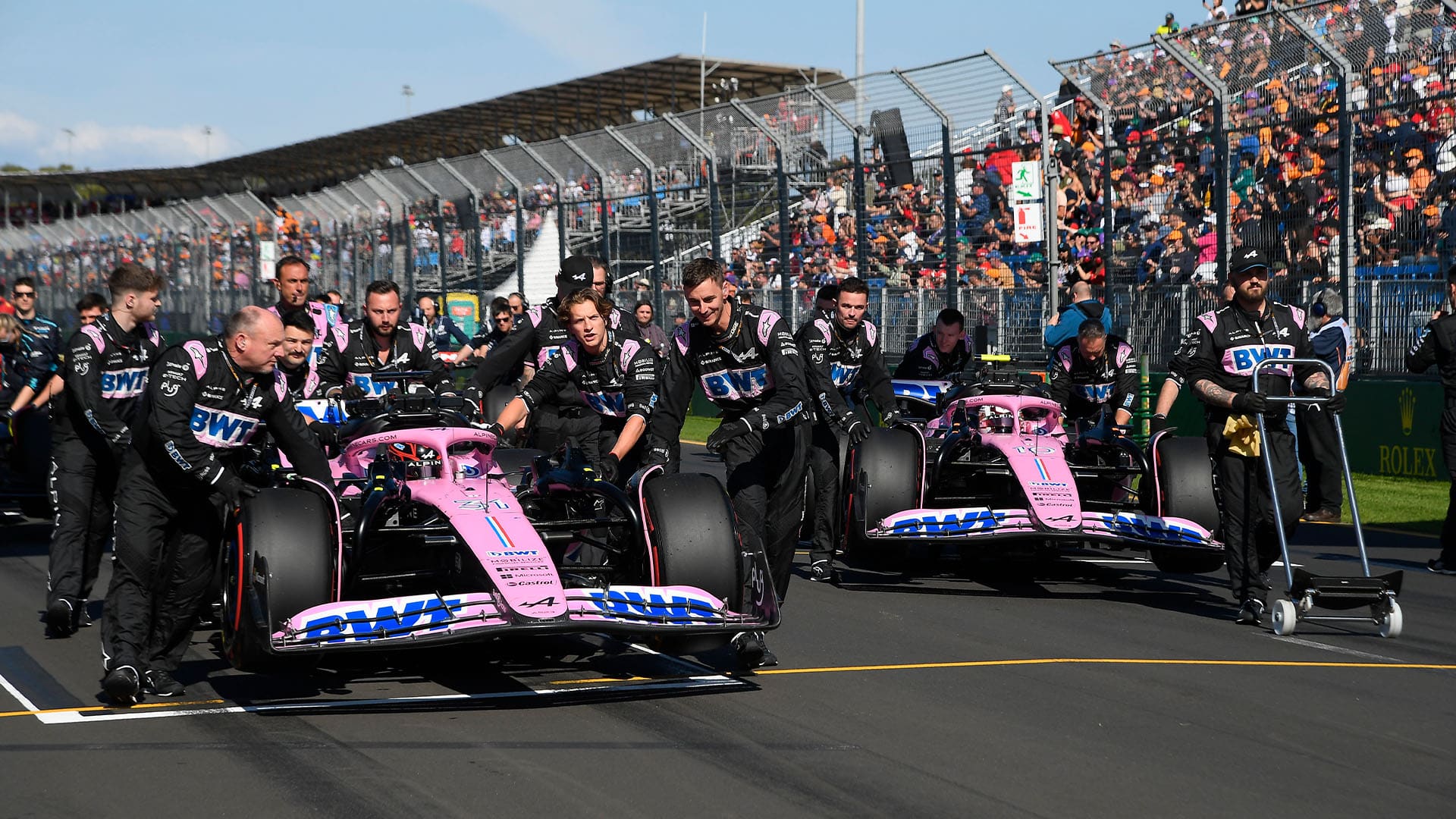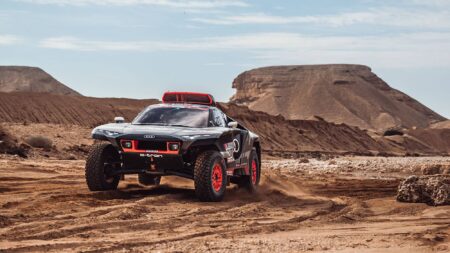“If you’re the only platform, that’s interesting from the business point of view, and from [car companies’] point of view, because you what you develop here, they can use it and you learn.
“There’s a lot of merit to be the first and only one.”
Agag confirmed that the first hydrogen-powered prototype will be run in June with the cars going fully into production in October – but the championship hasn’t decided whether it will run both electric and hydrogen cars together in corresponding races at the same events, or move completely towards hydrogen.
Saudi backing for hydrogen racing series
With the Extreme E championship now basing its opening round at the mooted Saudi Arabian tech city site of Neom, and the Kingdom heavily backing the series through its Enowa utilities company, the country is apparently particularly keen for Agag’s competition to switch from electric batteries to hydrogen.
Saudi Arabia’s energy minister Prince Abdulaziz bin Salman al-Saud has gone on record as saying that the country aims to become the top international supplier of hydrogen.
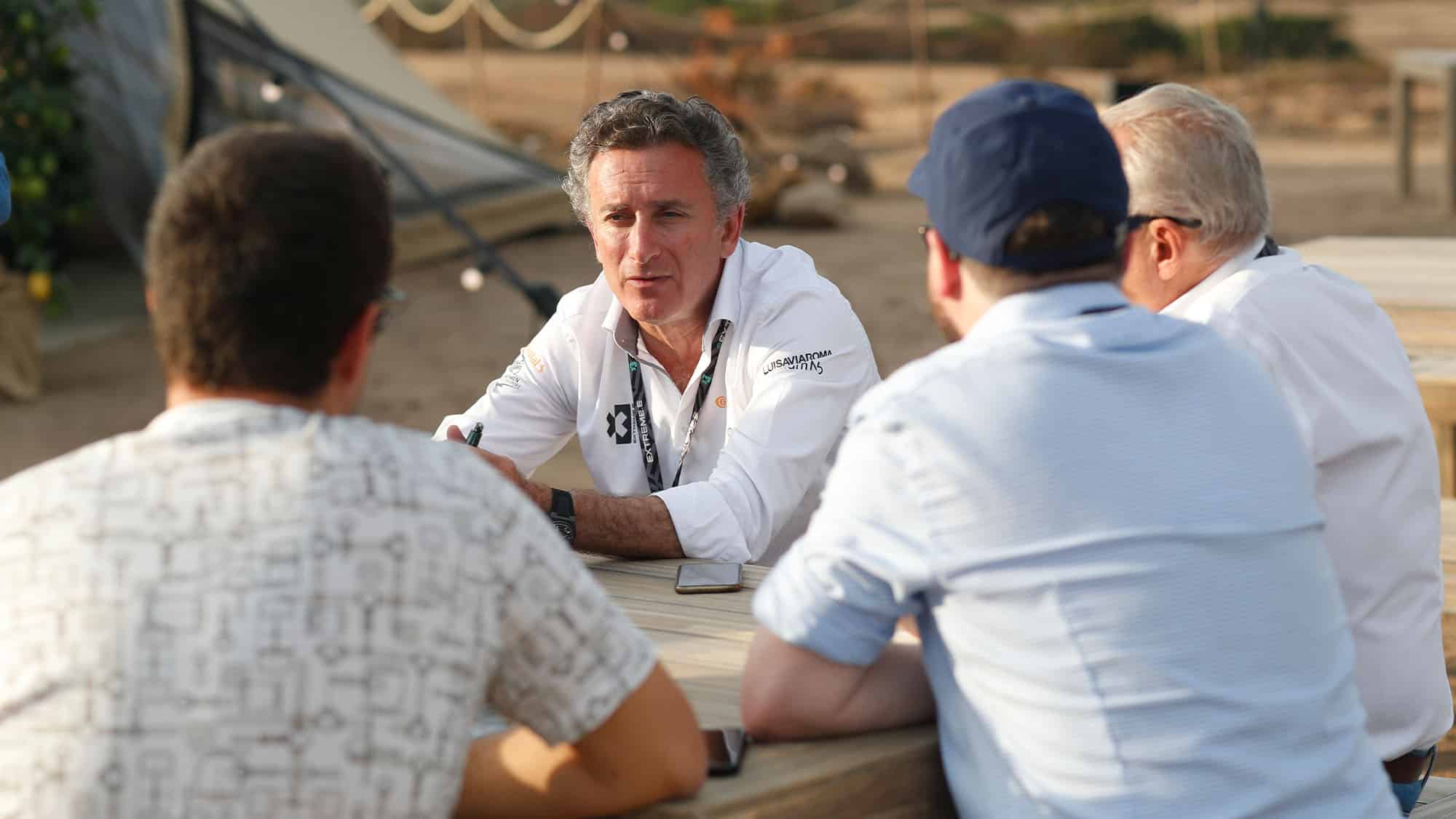
Agag is convinced of the business opportunities hydrogen presents as well as the environmental message
Extreme E
“We want to showcase ourselves as an energy exporting country, because we will be working hard in exporting hydrogen along with oil, along with liquid gases,” he said to Reuters last year.
Agag concedes that the Saudi support is key in the push.

